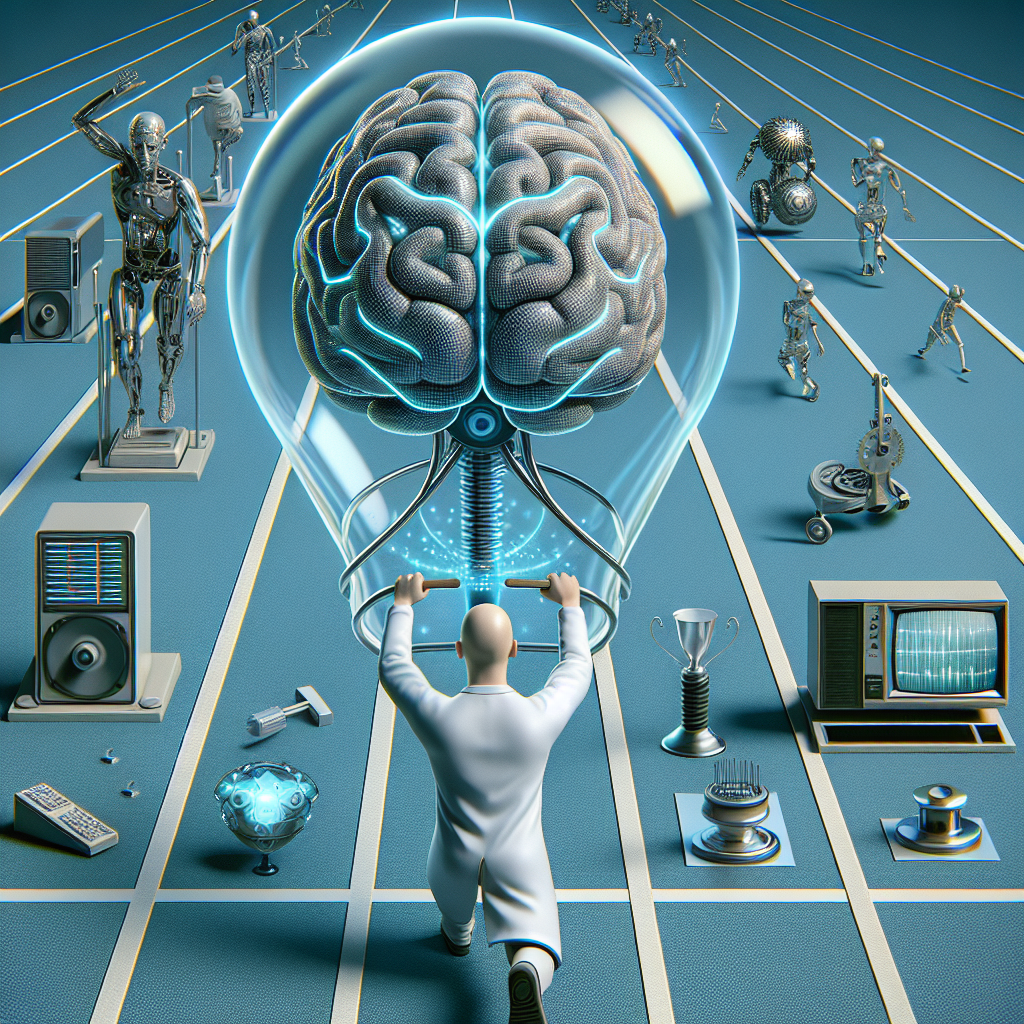The Race to Achieve AGI: How Close Are We to Creating Truly Intelligent Machines?
Artificial General Intelligence (AGI) is the holy grail of artificial intelligence research – the dream of creating machines that can think, learn, and reason like human beings. While we have made significant strides in the field of artificial intelligence in recent years, achieving AGI remains a daunting challenge. In this article, we will explore the current state of AI research, the obstacles to achieving AGI, and the potential implications of creating truly intelligent machines.
The State of AI Research
Artificial intelligence has made tremendous progress in recent years, with breakthroughs in machine learning, deep learning, and natural language processing. We now have AI systems that can recognize images, understand speech, and even play complex games like Go and chess at a superhuman level. These achievements have been made possible by advances in computing power, data availability, and algorithmic innovation.
However, despite these impressive advancements, the field of AI still faces significant challenges when it comes to achieving AGI. While current AI systems excel at narrow, specific tasks, they lack the general intelligence and flexibility of human beings. For example, a machine learning model trained to recognize cats in images cannot suddenly switch to playing a game of chess or engaging in a conversation about philosophy.
The Obstacles to Achieving AGI
There are several key obstacles that stand in the way of achieving AGI. One of the biggest challenges is the need for a more comprehensive understanding of human cognition and intelligence. While we have made progress in simulating specific aspects of human intelligence, such as pattern recognition and language processing, we still lack a deep understanding of how these abilities are integrated into a coherent whole.
Another major obstacle is the limitations of current AI algorithms and architectures. Most AI systems today are based on deep learning, a subset of machine learning that relies on neural networks to learn from data. While deep learning has proven to be highly effective for many tasks, it also has significant limitations, such as a lack of explainability and interpretability. This makes it difficult to trust AI systems in critical applications where human lives are at stake.
Furthermore, achieving AGI will require significant progress in other areas of AI research, such as reinforcement learning, symbolic reasoning, and cognitive architectures. These approaches offer different ways of modeling intelligence and have the potential to overcome some of the limitations of deep learning. However, they also come with their own set of challenges and trade-offs.
The Potential Implications of AGI
The creation of truly intelligent machines has the potential to revolutionize society in profound ways. AGI could lead to breakthroughs in fields such as healthcare, transportation, education, and entertainment, improving the quality of life for billions of people around the world. For example, intelligent robots could assist doctors in surgery, autonomous vehicles could reduce traffic accidents, and personalized learning systems could help students achieve their full potential.
However, the rise of AGI also raises important ethical, social, and economic questions. For example, what are the implications of creating machines that are as intelligent as humans? How will society adapt to a world where machines can perform most tasks better than humans? Will AGI lead to mass unemployment, widening inequality, or even existential risks to humanity?
These are complex questions that require careful consideration and thoughtful debate. As we continue to push the boundaries of AI research, it is essential to engage with these questions and ensure that the development of AGI is guided by ethical principles and human values.
FAQs
Q: How close are we to achieving AGI?
A: While significant progress has been made in the field of artificial intelligence, achieving AGI remains a distant goal. Estimates vary widely, with some experts predicting that AGI could be achieved within the next few decades, while others believe that it is still many years away.
Q: What are the main challenges to achieving AGI?
A: The main challenges to achieving AGI include the need for a deeper understanding of human cognition, the limitations of current AI algorithms and architectures, and the ethical, social, and economic implications of creating truly intelligent machines.
Q: What are some potential benefits of AGI?
A: AGI has the potential to revolutionize society in many ways, including breakthroughs in healthcare, transportation, education, and entertainment. Intelligent machines could assist doctors in surgery, reduce traffic accidents, and help students achieve their full potential.
Q: What are some potential risks of AGI?
A: The rise of AGI also raises important ethical, social, and economic questions. For example, how will society adapt to a world where machines can perform most tasks better than humans? Will AGI lead to mass unemployment, widening inequality, or even existential risks to humanity?
In conclusion, the race to achieve AGI is one of the most exciting and challenging endeavors in the field of artificial intelligence. While we have made significant progress in recent years, achieving truly intelligent machines remains a daunting challenge that will require interdisciplinary collaboration, ethical reflection, and careful consideration of the potential risks and benefits. As we continue to push the boundaries of AI research, it is essential to engage with these questions and ensure that the development of AGI is guided by ethical principles and human values.

